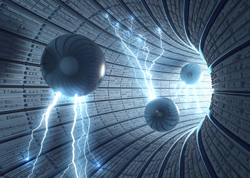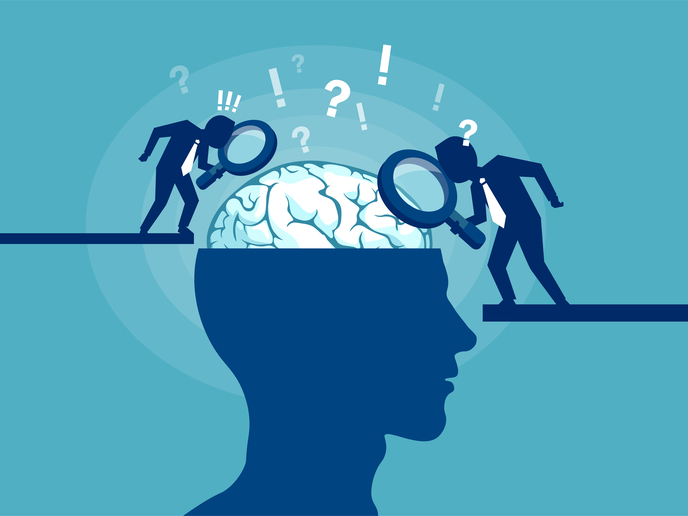‘Entangling’ photons to unravel quantum computing mysteries
Quantum physics is focused on describing quantum properties or nature, where a quantum is the smallest discrete unit of energy or matter. A qubit is a quantum of information, the quantum equivalent of the classical bit. It is the building block of quantum computers. Whereas a classical bit exists in one of two states (0 or 1), a qubit can exist in two states simultaneously offering the potential for an exponential increase in computing power. A photon is a quantum of light or electromagnetic radiation. It can exist in two states simultaneously by virtue of vertical and horizontal polarisation. Quantum properties of light are being explored for their use in future quantum computers. In quantum computing, ‘cat’ states are special states in which two opposite states exist at the same time (the cat is both alive and dead). In other words, it is the coherent superposition of two coherent states. It has been proposed that cat states can form the basis of qubits. European researchers sought to generate highly non-classical coherent states, so-called two-mode entanglement of cat states, as the essential building block of quantum gates for quantum computing. With EU funding of the ‘Processing of mesoscopic time-pulsed entangled optical fields’ (Prometeo) project, scientists developed new experimental tools for generating the high-quality resource states required by such a photonics-based architecture. They not only developed a device extending the capabilities for state generation but also developed methods for analysing the hardware of photonics-based architectures. Prometeo investigators made significant progress toward the understanding and exploitation of coherent-state quantum computing, bringing Europe one step closer to commercial development of a quantum computer.







